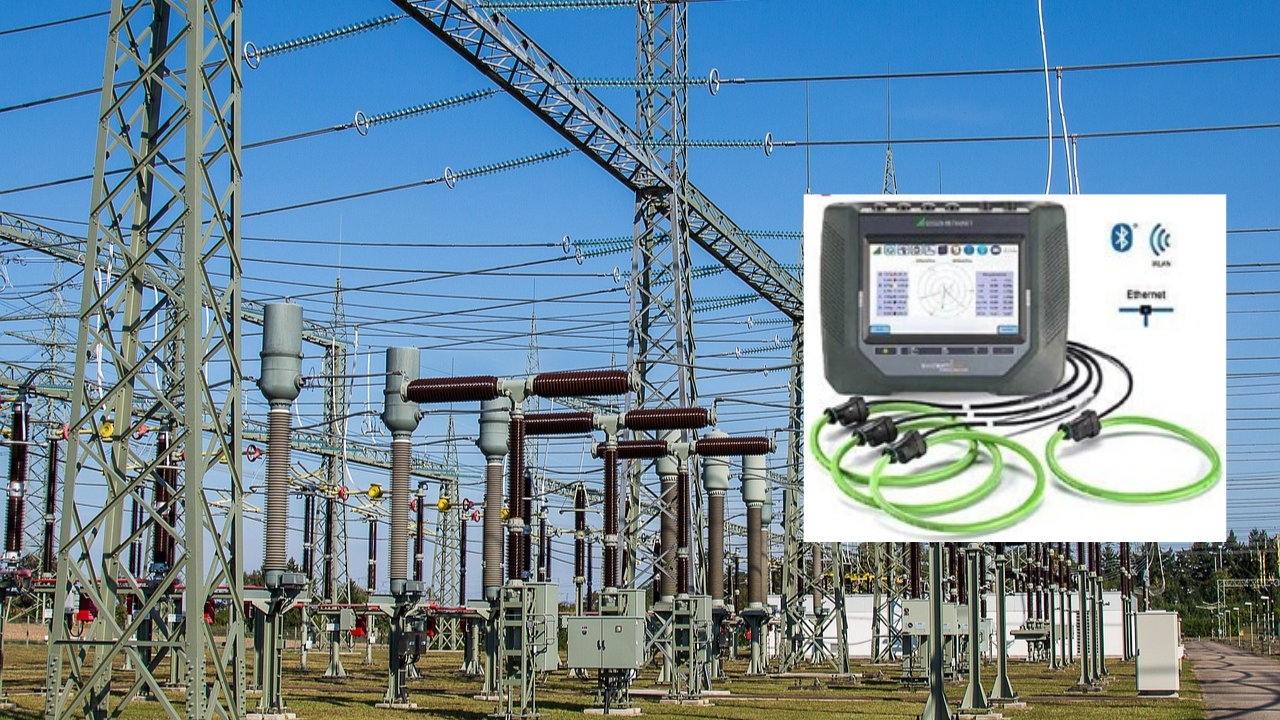
Real Time PQ Monitoring
Good power quality is extremely important in “high-tech” facilities such as data center's, hospitals, airports and manufacturing plants, as well as in “low-tech” facilities such as government buildings and commercial enterprises with limited tolerance for electrical disturbances.
Compromised power quality can have costly repercussions, ranging from premature aging/damage of equipment to reduced productivity and interference with business as usual. Common causes of variations in power quality include voltage sags, spikes, and swells, short and long interruptions of power lasting from a few milliseconds to 2+ seconds, and harmonic disturbances.
Facilities interested in good power quality can take advantage of power quality monitoring systems that, operating 24/7, use hardware including sensors and meters to measure electrical sensitivity, software to record and interpret the data, and wired and wireless communications to inform management about what went wrong that affected power quality and where in the electrical system it happened. Power quality monitoring also can keep tabs on a facility’s emergency/backup and/or standby power system.
BENEFITS OF CONTINUOUS REAL TIME POWER QUALITY MONITORING
- Early detection of an incipient problem. Awareness of a problem early on, before it escalates and when it is easy to address, minimizes the likelihood of costly interruptions to operations and, possibly, avoids the need for emergency repairs during inconvenient times.
- Power quality analysis that takes advantage of continuously recorded waveforms that can identify such anomalies as power outages, sags and swells, and transient harmonics, cycle by cycle in milliseconds, can compare current operating parameters of electrical equipment against the manufacturer’s baseline to detect any anomalies that could lead to inefficient operation or failure. The ability to review stored, continuously recorded waveform helps in the diagnosis of problems before an unwanted event recurs.
- Power quality analytics also supports forensics, allowing management to determine how a chain of events occurred as it did, such as why a facility lost a particular breaker that tripped the PDU (power distribution unit) and resulted in a switchover to the UPS. Power quality analytics could, in that scenario, pinpoint what the root cause was – e.g. a short, an electrical spike, or a floating ground. It can also pinpoint power quality problems that can prematurely age equipment.
- Power quality analysis can also be used for pre-function testing to look closely at systems and their responses and to simulate transients and other events. Historical records become a baseline that can be compared to equipment and component performance over time, enabling detection of performance trends that can be interpreted to enhance preventive maintenance programs, predict future power requirements, and aid in plans for additional electrical equipment, such as servers or variable frequency drives to control energy costs.
- Create automatic user configurable reports which can help to meet various requirements such as the National Fire Protection Association’s NFPA 70, NFPA 99, and NFPA 110 or for compliance to IEEE 519, IEEE 1453, EN50160, CEA/CERC Regulations, or industry specific quality requirements.
- Load profile can be generated to track daily, weekly, and seasonal variations in energy consumption, while critical loads can be metered and sub-metered to evaluate consumption. Data generated by the Monitoring System provides the basis for implementing an ongoing energy cost reduction program, which can result in savings up to 20% from prior period billing.
- Trends established by real-time data can assist in planning and implementation of capital investments for building and equipment upgrades. After implementation of the investment, the System’s monitoring capabilities ensure that new systems operate as designed.
